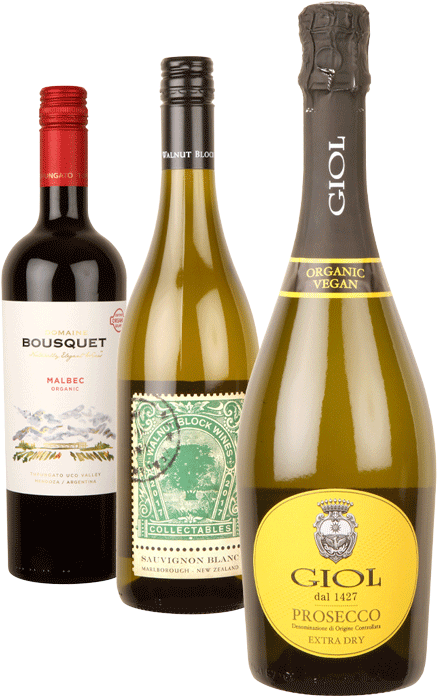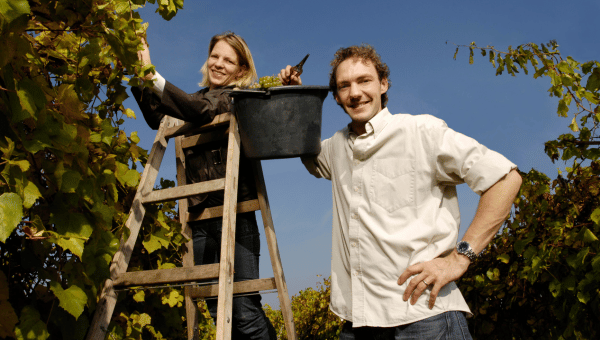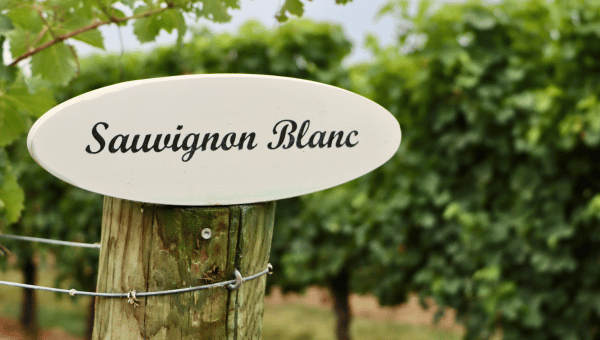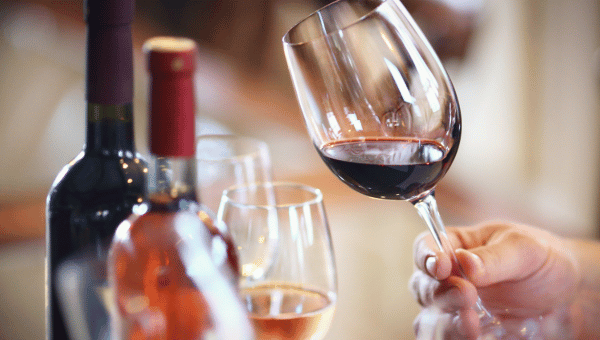Beaujolais not Nouveau
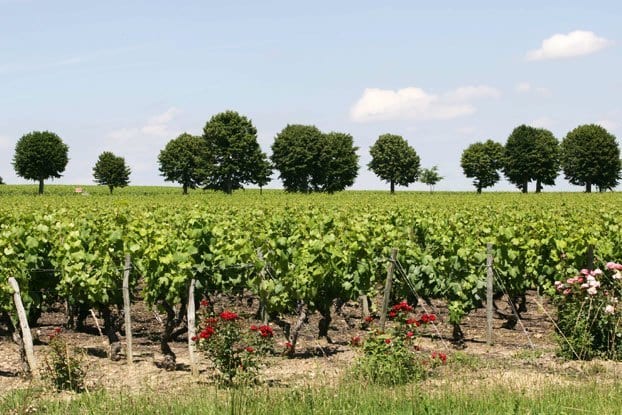
Why do Skodas have a heated rear windscreen? To keep your hands warm while you push them. So the jokes used to go when I was younger. This was despite the fact that Skoda had by this time already been producing highly rated, good value cars for a number of years – it can take a long time to change people’s perceptions.
When I started my career in wine, the perception and indeed reality of most Beaujolais was for light, overly-fruity and simple wines. With a whole other world to explore, I was happy to ignore this one seemingly bland area, and taste the myriad other wines from all corners of the globe. Like many vinous neophytes, it was the modern New World wines, with their easy-to-understand labels (which would you rather attempt in a restaurant, Bonterra Chardonnay or Weingut zur Römerkelter Bee Blauschiefer Honigberg Riesling Kabinett???) and strong, bold flavours that I found myself drinking initially.
After a couple of years touring the vinous map, what I really started looking for in a wine was a combination of interesting flavours (rather than simply ‘strong’ or ‘bold’), and freshness, which could also be described as ‘balance’ or just plain ‘drinkability’, as well as the all-important value for money. So it was that I sheepishly returned to the wine shelves marked ‘Beaujolais’ and began to explore this overlooked region. All the reds are made from the Gamay grape, but with ten different ‘Cru’, or subregions, within the area, there are plenty of different styles available. Villages like Brouilly typically produce the lightest wines, while Morgon and Moulin-a-Vent reds can be structured and long-lived.
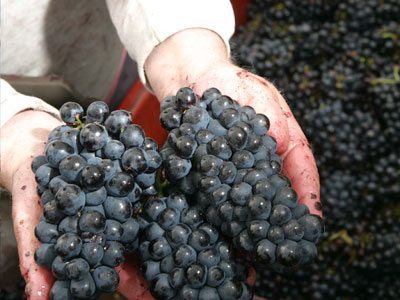
In 2009, Skoda won both Top Gear’s Car of the Year Award, and Luxury Car of the Year Award, finally gaining widespread acceptance. The same year may prove to be the tipping point for Beaujolais. Following two decades of a decline in sales, many older winemakers either began selling grapes to their local cooperative or sold up altogether. Their winemaking sons and daughters had travelled the globe gaining experience, and came back to find wonderful old vineyards, and began making their own wines with renewed excitement, and many with a keen eye on environmentalism, and natural winemaking, rather than maximum production.
This new generation of young winemakers were helped by a superb run of vintages from 2009 onwards, allowing them to make ambitious, quality wines, often with the structure to improve over many years. For me this was a revelation: a whole new region to explore, producing varied and interesting wines with a ‘sense of place’, wines that are first and foremost drinkable, unlike some of the point-scoring ‘fruit-bombs’ that I had been trying in the past. What pleased me most was that because they had fallen out of fashion, the prices stayed low, despite the quality now being so high.
At Vintage Roots we are lucky to have organic Beaujolais wines from Domaine Chasselay, where Fabien has taken over from his father as chief winemaker, and is now making a wide range of styles. Red wine makes up the vast majority of the output of Beaujolais, but there is a full range to be had. At Chasselay alone, they make both sparkling and still white and rosé wines, and the reds range from youthful and delicate to more full-bodied, ageworthy wines. We have three of their excellent reds:
The Quatre Saisons is the lightest red, which is delicious served lightly chilled, and at just 12% alcohol is a very refreshing, quaffable wine.
Fleurie is perhaps the best known of all the Beaujolais ‘Cru’, and this example exceeds even the normal high standards. There are bright fruit flavours here, but also a minerally complexity.
2009 was the first vintage that Vintage Roots started importing the Chasselay wines, and it was the 2009 Morgon ‘Les Charmes’ that really blew us away (Morgon is the Cru name, and Les Charmes is a top vineyard area within this prestigious region). This is serious fine wine and we bought everything they would give us, knowing that it would benefit from extra bottle ageing. It is drinking beautifully now, with rich dark cherry and raspberry flavours and a leathery overlay, but still with that hallmark freshness and silky mouthfeel that makes Beaujolais so irresistible.
We have decided to release our remaining stock, although there is no hurry to drink this brilliant wine. It isn’t available anywhere else, and we bought it at the first release prices, making it even more of a bargain now. Quality like this would probably be three times the price in more fashionable areas like Bordeaux and further North in Burgundy, so snap it up before everyone else realises what they’re missing! To enjoy this wine at it’s best, stand the bottle upright for a couple of days and decant, as there is some slight sediment in bottle.



